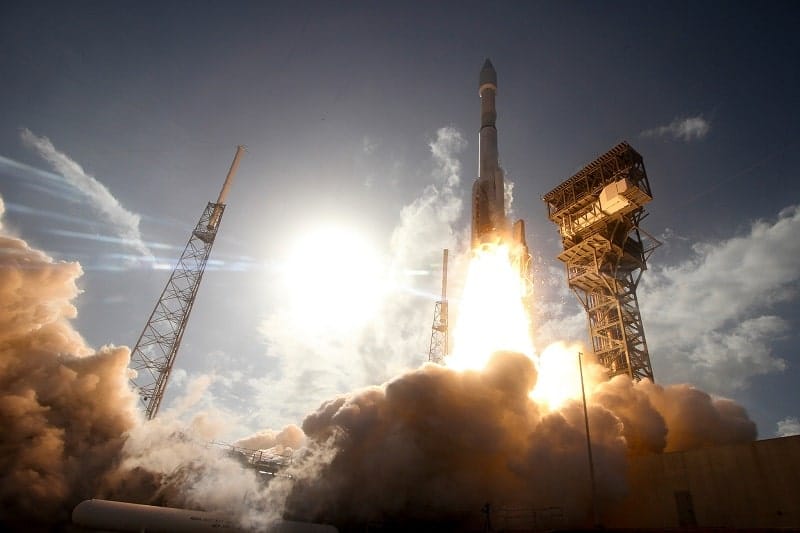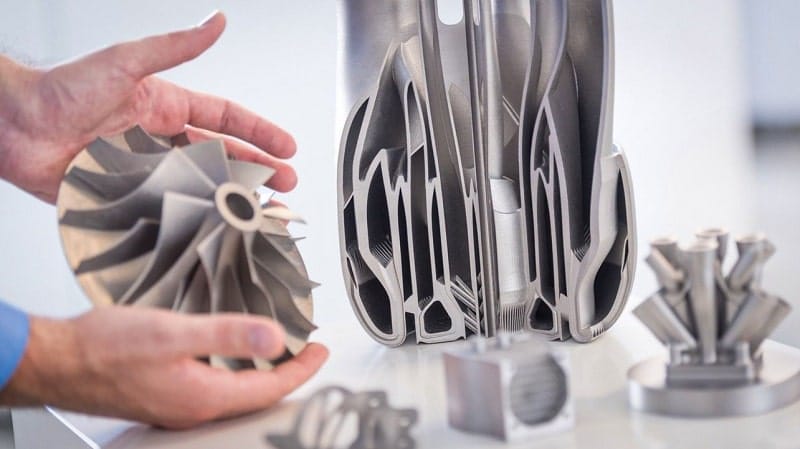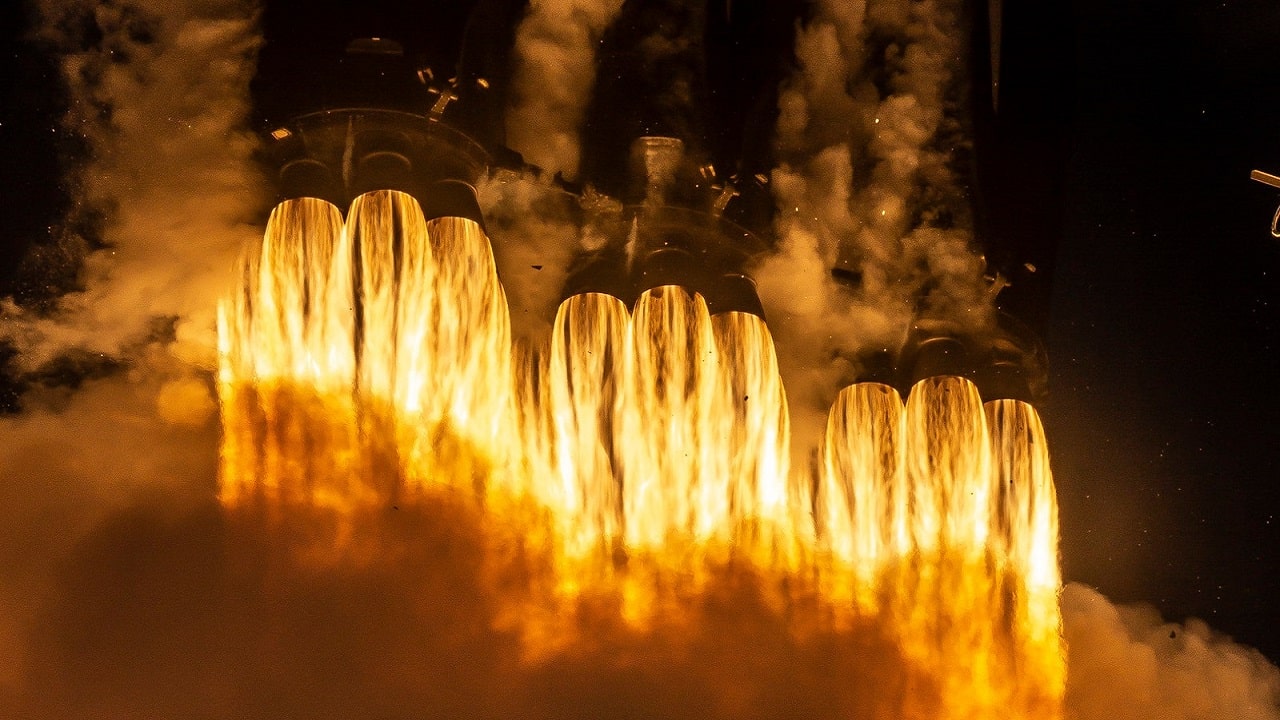the Press3D nts are simplifying the production of a multitude of products and components, including those for the construction of rockets to be launched into orbit. Even the most sophisticated of engineers can take advantage of new printing methods to simplify launches. And the advantage is not only economic: the 3D printing allows you to speed up your search which takes astronauts out of our atmosphere.
3D printers simplify the development of space rockets
The “space economy” is growing at a rate that, until a few years ago, no one would ever have believed possible. From space tourism to the launch of internet satellites, the number of rockets launched in recent years continues to rise. And with the race to Mars in the public and satellite services in the private, we will send many spacecraft into orbit (or even beyond).
So rocket engine and thruster technology is improving all the time. But while computer simulations can help you make fewer mistakes, those who follow the space adventures of companies like SpaceX know that explosions are much more common than they want to believe. The University of Surrey researcher Oliver Hitchens explains that in the environment they are called RUD: Rapid Unscheduled Disassembly, a quick and unexpected disassembly.
And explosions, however frustrating and sometimes spectacular, they are part of the process. There is no other way to test a launch system than to try it out. So the cycle is usually: build a thruster, test it, figure out why it exploded, and then start over.

Many hours of work not only theoretical but also in the construction phase. Which they can shrink thanks to three-dimensional printing.
Three-dimensional heat resistant metal printing
As long as 3D printers could only use plastics, it would have been unthinkable to use them in rocket construction. These 3D printed objects have to withstand mind-boggling stresses: rocket thrusters generate energy comparable to that of a ton of TNT exploding. Temperatures go up to 8.000 gradi Celsius. But three-dimensional printing has made great strides not only in the quality of the prints and the precision of the nozzles, but also in the materials that can be used.
The ability to use heat resistant metal alloys makes the attempt-blast processor so essential for building safe, functional rockets for our astronauts (or launching satellites) much faster. Structures that previously had to be assembled starting from hundreds of pieces and semi-finished products, can now be printed in a few days.

Rockets and 3D printers: simplifying a really complex process
The engines and thrusters that we see exploding during testing require a truly immense job. It usually takes three years to have a safe and functional launch system for commercial use or space missions. This is because they are terribly complex engines. The engine F-1 of the Saturn V that launched Neil Armstrong on the moon in 1969 had 5,600 components. Many of which came from different suppliers, others that had to be welded by hand or screwed on manually.
To make space missions more frequent and less complicated, it becomes necessary to speed up the construction process. To do this, one of the goals is reduce the number of parts. This is not all reduces the time by assembly but avoid that there are problems with the supply chain, something that all space agencies have had to manage for the past two years.
Rocket builders are therefore focusing on a process called “selective laser sintering“. It is a process that uses metal powder that is heated by a laser and melted in some places. Once this is done, another is added layer of metal powder, and so on until the entire part is built. This allows you to take advantage of the laser to create complex, multi-layered parts. You can see how it works in the video below.
https://www.youtube.com/watch?v=yiUUZxp7bLQ
What used to require several parts, from different suppliers, can now be built in the plant where the rocket is assembled in few days. Also, having to use fewer bolts, screws and fixing parts helps reduce the total weight of the rocket.
The difference is huge: rebuild the F-1 engine of the moon landing today it would require only 40 parts, instead of 5,600. No company has plans to reduce the pieces to just one, but great strides have been made in space innovation. Maybe not as big as Neil Armstrong’s famous passage, but huge nonetheless.
A 3D printed rocket
At the moment 3D printing an entire rocket remains impractical. But technology is running fast in the field of 3D printing. And it seems clear that all the major space agencies are moving in this direction. The private sector in particular seems interested the lowering of costs that this technology entails. Companies like Rocket Lab in New Zealand regularly uses three-dimensional printing for engines e Relativity Rocker in the UK he uses it throughout the rocket, although he then assembles the various components with a team of engineers and workers.
The “unplanned rapid dismantling” of the explosions It will always be faster of the complex work from design and build a rocket. But 3D printing is reducing the work required for construction. And it makes going into orbit a little easier every day.















Leave a Reply
View Comments